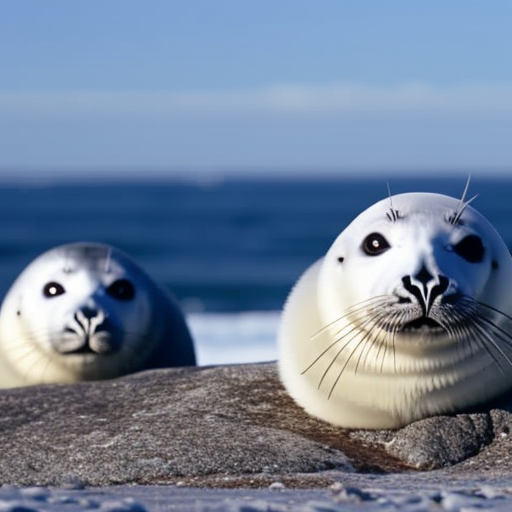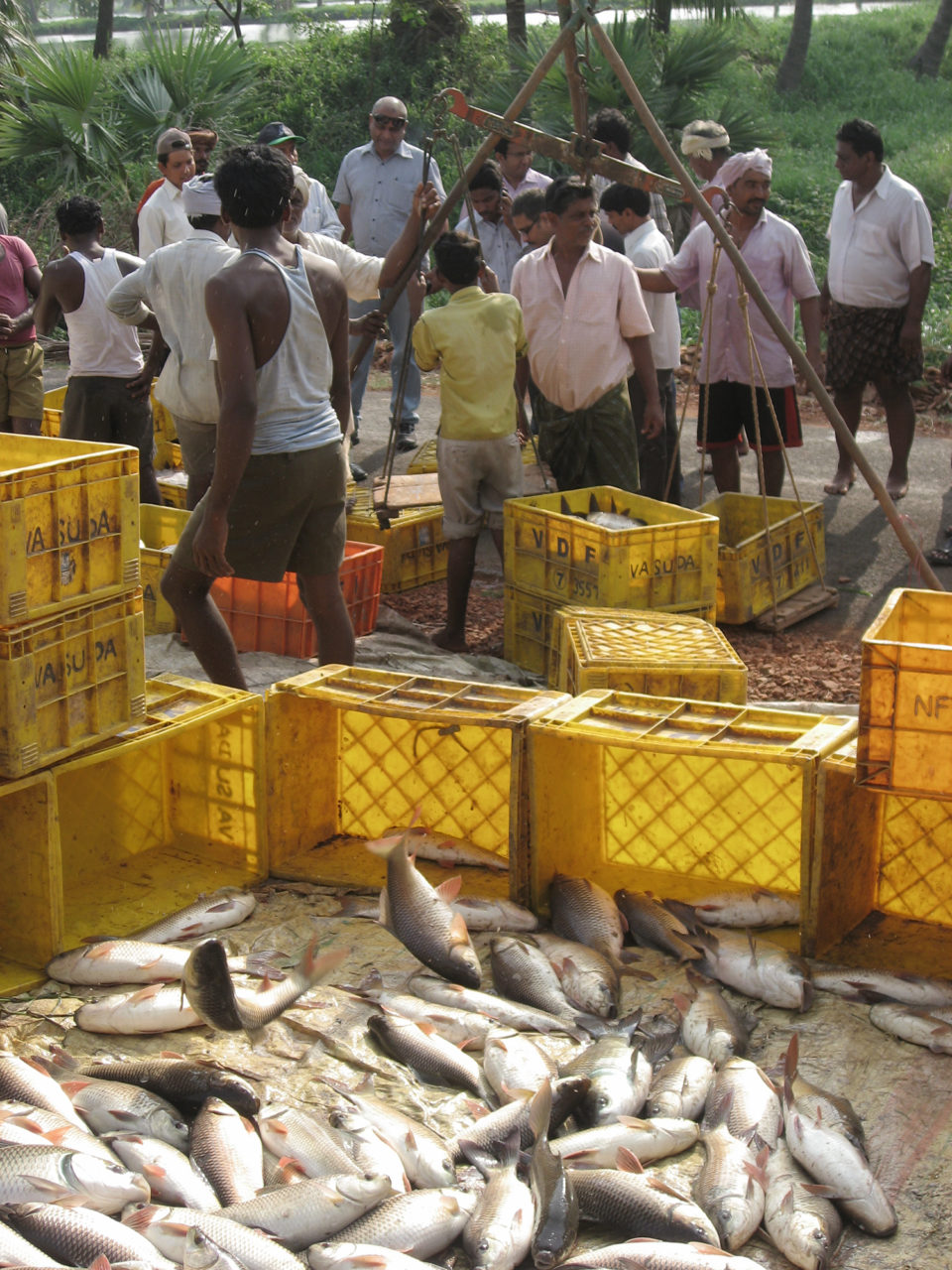
Sustainable Development Goals (SDGs) and Arctic Ice Seals
Introduction
The Center for Biological Diversity has taken legal action against the National Marine Fisheries Service for its failure to protect Arctic ice seals. This report highlights the significance of the Sustainable Development Goals (SDGs) in addressing the threats faced by these endangered species.
Background
The ringed seal and the bearded seal were listed as endangered species under the Endangered Species Act in 2012. However, they have not received a recovery plan as required by law. Both seal species heavily rely on sea ice for their reproductive activities, making them vulnerable to the impacts of climate change caused by fossil fuel burning and melting sea ice.
Legal Action
The Center for Biological Diversity has filed a formal notice of intent to sue the National Marine Fisheries Service for its failure to protect Arctic ice seals. The absence of a recovery plan for these species is considered a violation of the law.
Threats to Seal Species
- Ocean acidification
- Pollution from shipping
- Oil and gas activity, such as the recently approved Willow project in Alaska’s Western Arctic Reserve
Impact of Climate Change
The Arctic region is warming at a rate four times faster than the rest of the globe. It is projected that the region may be free from summer ice as soon as 2035. This loss of sea ice poses challenges for the seals in terms of molting and raising their pups.
Legal Obligations
The National Marine Fisheries Service is legally required to conduct a review of all listed species every five years based on the best available science. However, the agency has failed to review the status of the ice seals. The notice of intent to sue highlights this unlawful failure.
Importance of Recovery Plans
Studies have shown that developing and implementing recovery plans leads to better outcomes for endangered and threatened species. Recovery plans provide a roadmap for preventing extinction and are crucial for measuring conservation success.
Call for Action
The Center for Biological Diversity emphasizes the need for the federal government to consider the impacts of melting ice when addressing the threats faced by Arctic ice seals. The increasing emissions and worsening conditions require urgent action to protect these species.
Previous Actions
The Center for Biological Diversity petitioned for the protection of both seal species in 2008, leading to their listing as threatened in 2012.
Threats to Bearded Seals
Bearded seals, known for their mustachioed appearance and elaborate courtship songs, give birth and nurse their pups on pack ice. The rapid loss of pack ice jeopardizes their ability to rear their young and reduces the abundance of their food in the Bering Sea.
Threats to Ringed Seals
Ringed seals, characterized by dark spots surrounded by light gray rings, give birth in snow caves built on top of sea ice. Global warming is causing a reduction in snowpack, resulting in cave collapses and increased vulnerability of seal pups to freezing or predation.
Protection of Subsistence Harvest
It is important to note that the listing of these seals as endangered species does not affect subsistence harvest of the species by Alaska Natives.
SDGs, Targets, and Indicators
-
SDG 13: Climate Action
- Target 13.1: Strengthen resilience and adaptive capacity to climate-related hazards and natural disasters
- Target 13.2: Integrate climate change measures into national policies, strategies, and planning
- Target 13.3: Improve education, awareness-raising, and human and institutional capacity on climate change mitigation, adaptation, impact reduction, and early warning
- Target 13.A: Implement the commitment undertaken by developed-country parties to the United Nations Framework Convention on Climate Change to a goal of mobilizing jointly $100 billion annually by 2020 from all sources to address the needs of developing countries in the context of meaningful mitigation actions and transparency on implementation and fully operationalize the Green Climate Fund through its capitalization as soon as possible
- Target 13.B: Promote mechanisms for raising capacity for effective climate change-related planning and management in least developed countries and small island developing states, including focusing on women, youth, and local and marginalized communities
The article highlights the impact of climate change, specifically the warming climate caused by the burning of fossil fuels and melting sea ice, on Arctic ice seals. This aligns with SDG 13, which aims to take urgent action to combat climate change and its impacts.
-
SDG 14: Life Below Water
- Target 14.2: By 2020, sustainably manage and protect marine and coastal ecosystems to avoid significant adverse impacts, including by strengthening their resilience, and take action for their restoration in order to achieve healthy and productive oceans
- Target 14.5: By 2020, conserve at least 10 percent of coastal and marine areas, consistent with national and international law and based on the best available scientific information
- Target 14.7: By 2030, increase the economic benefits to small island developing states and least developed countries from the sustainable use of marine resources, including through sustainable management of fisheries, aquaculture, and tourism
The article discusses the threats faced by ringed seals and bearded seals, including pollution from shipping, oil and gas activity, and ocean acidification. These threats impact marine and coastal ecosystems, aligning with SDG 14, which aims to conserve and sustainably use the oceans, seas, and marine resources.
-
SDG 15: Life on Land
- Target 15.1: By 2020, ensure the conservation, restoration, and sustainable use of terrestrial and inland freshwater ecosystems and their services, in particular forests, wetlands, mountains, and drylands, in line with obligations under international agreements
- Target 15.5: Take urgent and significant action to reduce the degradation of natural habitats, halt the loss of biodiversity, and protect and prevent the extinction of threatened species
- Target 15.9: By 2020, integrate ecosystem and biodiversity values into national and local planning, development processes, poverty reduction strategies, and accounts
The article mentions the impact of global warming on the habitat of ringed seals, leading to the reduction of snowpack and the collapse of snow caves where they give birth. This highlights the importance of conserving and restoring terrestrial ecosystems, aligning with SDG 15, which aims to protect, restore, and promote sustainable use of terrestrial ecosystems.
SDGs, Targets, and Indicators
| SDGs | Targets | Indicators |
|---|---|---|
| SDG 13: Climate Action |
|
No specific indicators mentioned in the article. |
| SDG 14: Life Below Water |
|
No specific indicators mentioned in the article. |
| SDG 15: Life on Land |
|







